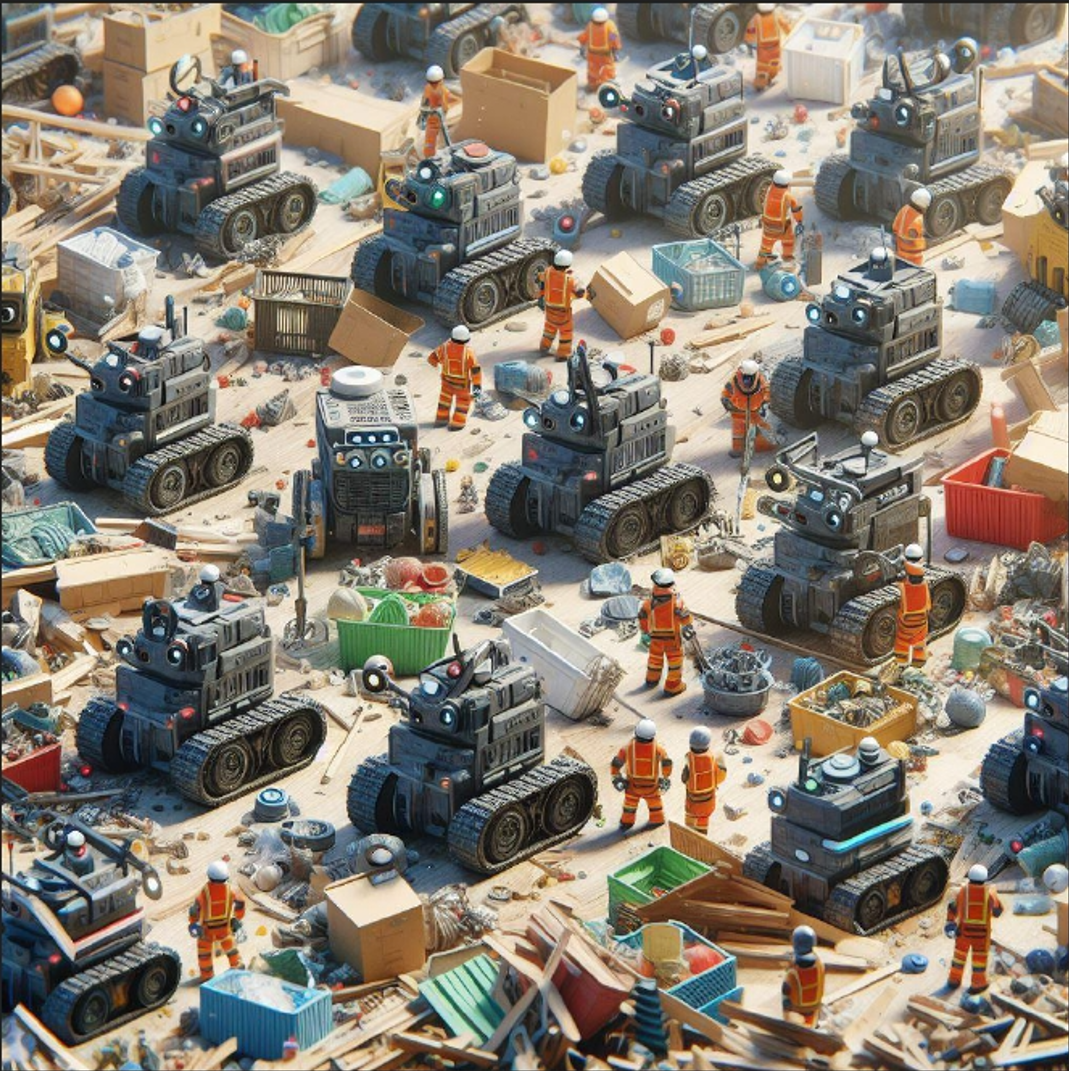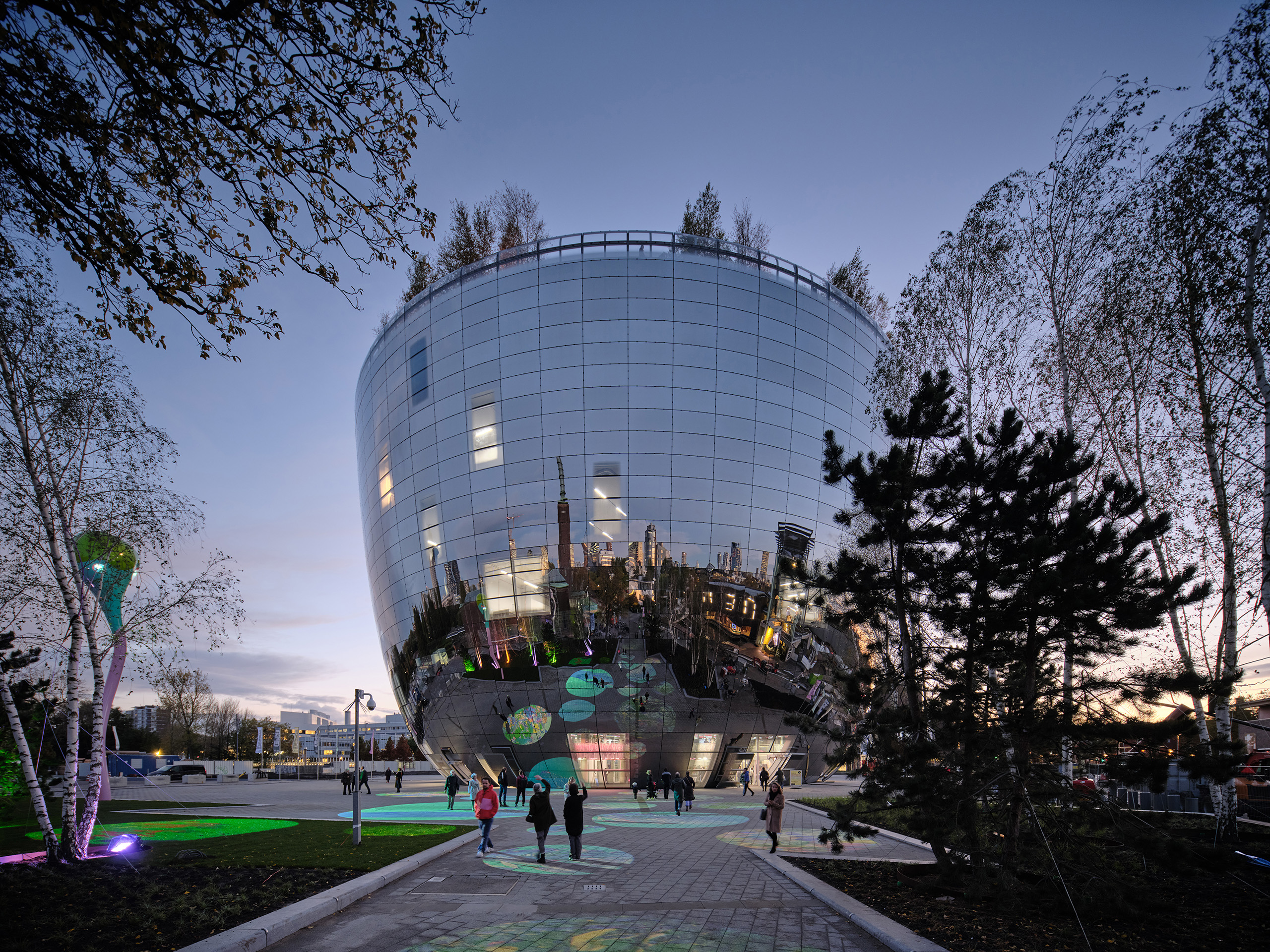Robotic Manifesto: Embracing Advanced manufacturing in complex architectural geometries
Introduction: In the realm of architecture, we stand at a pivotal moment where traditional construction methods struggle to meet the demands for intricate architectural forms while sustainability concerns continue to mount. As students of the Master in Robotics and Advanced Construction program, guided by the expertise of Mariana Popescu, we advocate for a paradigm shift … Read more











